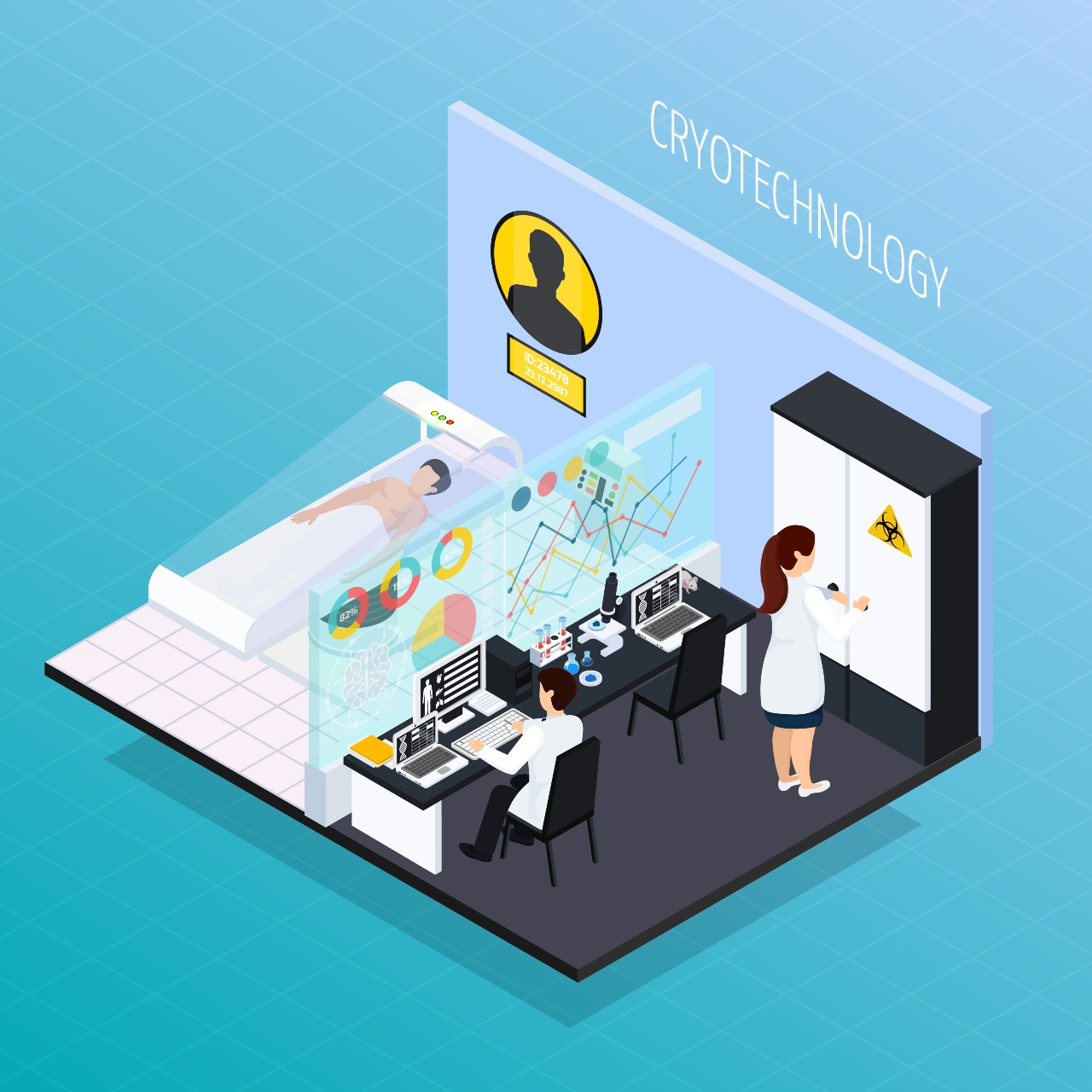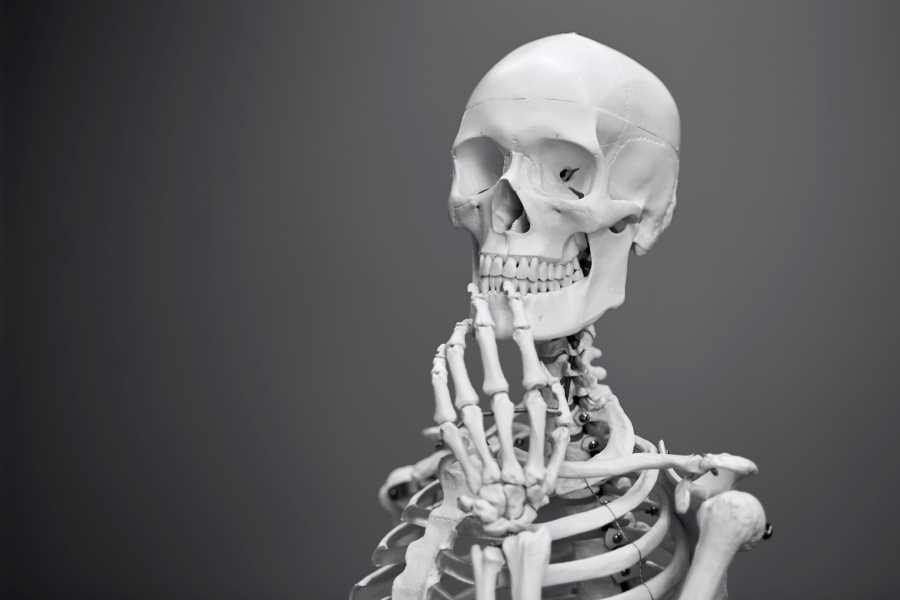Cryonics is the process of preserving deanimated individuals in liquid-nitrogen temperatures in order to suspend the biochemical reactions in their bodies until technology can come to their aid and reverse the illness that caused their death. This does not fit the ordinary framework of science or technology in the “traditional” sense, and is the primary reason for the existence of myths surrounding the whole process. In the wake of the spread of the cryonics movement across the world, this article addresses and checks the credibility of these myths against cryonics.
Cryonics raises people from the dead
Cryonics is given this absurd view by those who consider it a baseless practice set out to revive dead people. This does not hold true as primarily, cryonicists challenge the definition of death itself. They do not consider the stoppage of a heartbeat to be the end of life, instead they look at death as a process which, according to them, can be interrupted. This is the point of intervention through cryonic procedures. Cryonics considers itself to be a wedge between life and death which keeps the individual suspended through time. This is the reason cryonicists refer to those who are cryopreserved as “patients”, and not “deceased”. They justify this view by citing the use of cardiopulmonary resuscitation, defibrillators, treatments for terminal illness, all which have changed the definition of death over the past two centuries.
Further, cryonicists are not reliant on a miracle to revive their cryopreserved patients. Their objective behind the cryonic suspension of “legally dead” persons is to preserve the structural integrity of their cells and tissues through vitrification. They endeavour to administer procedures within a narrow window of time right after the heartbeat stops. With the process of vitrification becoming reversible, the only thing cryonicists are awaiting are the advancements in medical science and technology that will allow the terminal illness which caused their deanimation to be reversed as well. This shows that there is a rational premise to the practice of cryonics, as opposed to an abstract thought of lying in wait for a magical revival.
Cryonics is a game for the rich
Although cryopreservation does not fit one’s ideal medical bill, it can still be affordable. After all, it is unlike any other routine medical procedure. However, cryonics is definitely not just for the rich and is within the reach of middle-class individuals who are healthy and have a fixed source of income. Firstly, the pricing of cryopreservation ranges widely and across multiple service providers. It can cost anywhere between $28,000 – $200,000 to preserve one’s whole-body, while neuropreservation options range between $15,000 – $80,000. One selects their preferences according to their budget.

Moreover, being a legal after-death procedure, there is the alternative advantage of funding it through a life insurance plan. Life insurance policies have grown to become a popular option to fund one’s cryopreservation. This is done through taking out an insurance policy with the relevant cryonics service provider as the beneficiary of the policy. Certain cryonics service providers have also come up with customised insurance policies which are payable periodically, or their membership is structured in a way to reduce the financial burden on them. Since the ability to obtain insurance is dependent on the individual’s health and habits, it is in your hands to ultimately have an affordable cryopreservation, if you so wish.
Cryopreservation is nothing but freezing people
In its initial stages, cryonics could have been termed as the process of freezing people, however, it has long since abandoned the “freezing” element. Cryopreservation techniques since 2001 have been using vitrification as the primary aid for cryopreserving an individual. More than half the human body is composed of water. As cryonics patients are suspended in liquid nitrogen, with temperatures going much below 100 degrees celsius, it is natural for these water molecules in the tissues to freeze, thereby damaging them. However, cryonics has learnt to tackle this problem through vitrification. This process is carried out by first replacing almost all the water in the cells of a human body with cryoprotectants, which are chemical solutions circulated through the blood vessels. Vitrification agents solidify tissues without causing any structural damage. This is achieved through causing molecules to move slowly until they come to a standstill, while the structural matrix of cells and tissues remain intact.
In 2009, the successful vitrification and transplantation of a rabbit kidney was carried out, demonstrating the feasibility of vitrification compared to freezing without the use of a vitrification solution. However, vitrification too has to be carried out under extremely controlled conditions. If done correctly, this is a reversible process and sits well with the objective of cryopreservation.
Cryonics is a scam
Another related myth about cryonics is that it is nothing but a facade behind which certain people make money by selling false hope. The practice of cryopreservation was quite crude in its early years, but it has since advanced, becoming a formal process. Cryonics service providers have armed themselves with legally sound paperwork, and agreements which are required to be signed by every individual desiring to be cryopreserved. This ensures that the individual signing it is completely aware of the procedures and risks involved. They also communicate that there is no guaranteed revival or reanimation from cryopreservation.

Moreover, cryonics service providers generally register themselves as not for profit organizations. The members of their Board serve voluntarily, while the professional and technical staff draw modest salaries. The membership fees as well as the consideration for cryopreservation are used to defray the numerous costs involved in keeping the operation running. Some of the money is also stored away in patient care trusts for use in case of emergencies and for the maintenance of the patient during their biostasis.
Cryonics goes against religious ideals
A common objection that cryonics is met with is that it does not conform to the natural order of things, and goes against God as it seeks to bring back the dead. This is a narrow-minded view of the practice. Alternatively, cryopreservation acts as a pause button in the process of death, indefinitely, until advancements are made to reverse the cause of deanimation.
Thus, when analysed, it is not objectively different from other life-saving medical treatments presently employed by doctors and physicians, including organ transplants. All of these are pro-life mechanisms. The whole premise of cryopreservation rests on the value ascribed to life and its extension, therefore it certainly can be considered pro-life and part of the natural course of things.
Motivated by fear of death
Yet another jibe at cryonics is the belief that the fear of death is the sole-catalyst for signing up to be cryopreserved. The prime reason nonetheless is that individuals signing up for cryopreservation look at it as a chance to extend their life beyond what is considered as death in current times. This is not necessarily out of fear, but the belief that life has more to offer, and there is an eagerness to be part of that. It is, again, similar to getting treated for a disease, or how every attempt is made at saving a person’s life through various medical interventions; all of this does not result from a fear of dying, but out of the will to live longer, to celebrate life.

Conclusion: cryonics is unconventional
Every individual plans their retirement in advance, and signing up for cryopreservation is the preliminary step towards planning life extension, or life after deanimation, albeit in an unconventional way. Reading up about the process and its various aspects will keep one from indulging in such myths, allowing them to make an informed choice independently.















